Lucky LS-2W Handleiding
Bekijk gratis de handleiding van Lucky LS-2W (1 pagina’s), behorend tot de categorie Visvinder. Deze gids werd als nuttig beoordeeld door 10 mensen en kreeg gemiddeld 4.3 sterren uit 5.5 reviews. Heb je een vraag over Lucky LS-2W of wil je andere gebruikers van dit product iets vragen? Stel een vraag
Pagina 1/1

1.Usage scenario diagram 2.Product introduction
4.Screen reading 8.Product parameters
7.Maintenance
3.Operating instruction
2.Put the wireless transmitter into the water.
It can be thrown through a fishing rod, or it can be thrown
directly with the fishing line.
Sonar transmitter
(floating on the water surface)
Sonar reflection signal
Sonar signal
Connection method
( )WIFI
Mobile phone reception
Bolt
Magnetic charging port
Antenna
Indicator light
Wire hole
Metal probe
z
3.Open the app(Luckysmart sonar)and
connect to sonar. The transmitter comes
with WiFi (Password: 12345678).
1.Fix the wireless transmitter to the fishing line.
Which can be passed through the and tied firmly.Wire hole
1.Water temperature: The wireless transmitter has a
built-in temperature sensor to detect the temperature
of the water in the area where the transmitter is located.
2.Water depth: the distance from the wireless transm-
itter's launch point to the bottom of the water (according
to the terrain intelligence value).
3.Back: Return to the previous menu.
4.Sensitivity: adjust the intensity of the sonar.
5.Alarm switch: All alarm switches can be set.
6.Fish icon switch: The fish icon function uses advanced
signal processing methods to process the returned so-
und waves,distinguish and then accurately displays the
detected fish information on the screen. You can choo-
se to close the fish icon or display the fish icon.
7.Power indicator: battery power indicator of sonar tra-
nsmitter.
8.Wireless signal indication: the identification of the str-
ength of the wireless probe signal.
9.System settings: There are wireless, sonar settings,
language settings and manuals in the system settings.
1
2
3
4
5
6
7
8
9
10
11
12
1.Sonar sensitivity
2.Chart speed
3.Brightness
5.Sonar setting
6.Common misunderstandings
and precautions
No signal or
unstable signal
Inaccurate
depth
Inaccurate
depth
No fish
detected
1.The distance between the mobile
phone and the wireless transmitter
exceeds the maximum receiving
distance.
2.If there is an obstacle between
the wireless transmitter and receiv-
er, the wireless signal will be interf-
ered. It is recommended to use in
an open environment.
3.If the movement of wireless tran-
smitter is too fast, causing the wire-
less signal to be unstable.
4.Waves on the water surface will
cause the wireless signal to be int-
errupted. It is recommended to use
it in a stable environment.
5.The battery of the wireless trans-
mitter may be low, which can be
determined by checking the battery
indicator.
6.Check if there is water in the wire-
less transmitter, it is recommended
to tighten the cover then put it in the
water.
1.The fish finder needs to be used in
natural open waters.
2.The signal of the wireless transm-
itter is strong , try to avoid using
other fish finder in the same area.
3.Check if the wireless transmitter
has insufficient power.
4.Check if there is water in the tran-
smitter, it is recommended to tighten
the cover then put it in the water.
5.Check if the detection range is set.
6.Check if the water depth is less
than 0.7m, it is recommended to use
it in waters with a depth of 0.7m or
more.
1.There is no fish in the current wa-
ters.
2.Check if the fish icon and fish ala-
rm are turned off.
Screen display
problem
1. If the display shows large clutter,
there may be fishing nets under wa-
ter. It is recommended to avoid wat-
er detection.
2. If the screen shows the whole ye-
llow, the surface clutter is too strong,
it is recommended to use it in natural
open waters.
The APP keeps
alarming but
not working
1. Check if the shallow water alarm
is turned on, and if it is turned on,ple-
ase turn it off in time.
2. Failure to receive the wireless tra-
nsmitter signal will cause an alarm.
Sensitivity: it means the sonar intensity. The stronger
the sensitivity, the more sonar signals will be returned
and displayed on the screen, and the more sensitive
feedback of the underwater situation will be. But if the
water is very shallow, too high sensitivity will increase
the reflected sound wave signal , resulting in the wro-
ng signal being displayed.
If the sensitivity is set too low in a deep water enviro-
nment, it will be difficult to detect the corresponding
underwater information.
Operating recommendation: In the case of deep water,
increase the sensitivity; in the case of shallow water,
decrease the sensitivity.
Brightness: adjust the screen brightness.
4.Shallow alarm
Shallow alarm: It is generally set to prevent stranding.
When the actual measured water depth is lower than
the set value, the fish detector will make an alarm to
remind you that the current water depth is too shallow.
5.Detect water range(manual)
Detect water range(manual): Set the depth interval of
the fish and bottom information to be detected.
For example: the current depth is 20 meters, If you only
need the fish information between 10 meters and 18
meters, then you can set the range to 10-18 meters.
Follow the steps below to use and maintain will
maximize the use effect of the fish detector
1.When not in use for a long time,it is recommended to
charge the battery at intervals.
2. After using in seawater environment,rinse the wireless
probe with clean water.
3. Do not place the machine under the front windshield
of the car or in a high temperature environment. This will
damage the precision components inside the machine
and affect the performance of the machine.
Maximum detection depth: 147ft/45m
Sonar frequency: 125khz
Detection angle: 90°
Operating distance: 230ft/70m
Battery: 3.7V rechargeable lithium battery
6.Detect water range(Auto)
Detect water range(Auto): on and off.
7.Fish icon
Fish icon: Set the fish icon on and off.
8.Fish alarm
Fish alarm: You can choose to turn off the fish alarm, or
choose big, medium and small fish alarm. When you
only need to make an alarm for big fish,just set the big
fish alarm. However, the fish alarm function will alarm
the detected fish situation only after turning on the fun-
ction item of the fish icon.
9.Units
Units: Select the units of depth and temperature.
10.Sonar color
Sonar color: Sonar color is used to change the display
color of the sonar image, so as to better distinguish the
bottom, fish school, etc. Sonar colors are red, blue, and
gray.
11.Language settings
Language setting: Language setting means to switch
the languages of different countries. Under this menu,
you can choose your preferred language (Japanese,
Chinese and English, Hungarian, Slovak, Romanian,
Czech, Dutch, Polish, Italian, Russian, French, German
multiple languages).
Chart speed: Set the frequency of sonar data sampling.
Note: The more frequently the sonar data is collected,
the more accurate the underwater situation displayed
on the screen. However, too much data will cause the
system to respond slowly.
10.Fish icon: the fish image generated by the fish finder
based on the sonar signal feedback.
11.Fish/Fish school depth: The distance from the fish or
fish school to the surface of the water.
12.Underwater environment: the darker the color, the
higher the density, and the harder the bottom; the lighter
the color, the lower the density, and the softer the bott-
om.
LUCKYSMART® Wifi
Fish Finder
Simulation diagram of sonar
transmitter usage scene
Product specificaties
| Merk: | Lucky |
| Categorie: | Visvinder |
| Model: | LS-2W |
Heb je hulp nodig?
Als je hulp nodig hebt met Lucky LS-2W stel dan hieronder een vraag en andere gebruikers zullen je antwoorden
Handleiding Visvinder Lucky

14 November 2024

14 November 2024

14 November 2024

14 November 2024

1 Juli 2023

18 Mei 2023

3 Mei 2023

24 April 2023

15 April 2023

15 April 2023
Handleiding Visvinder
Nieuwste handleidingen voor Visvinder

9 September 2025
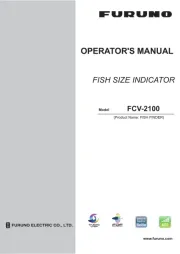
23 Juli 2025
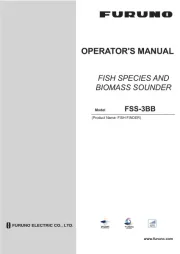
22 Juli 2025
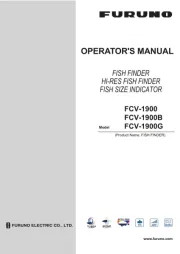
21 Juli 2025
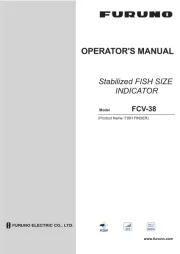
21 Juli 2025
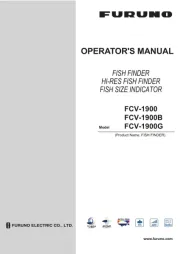
21 Juli 2025
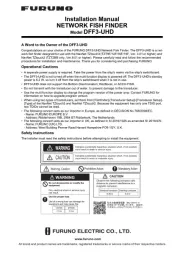
21 Juli 2025
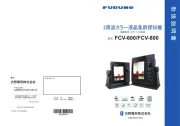
21 Juli 2025
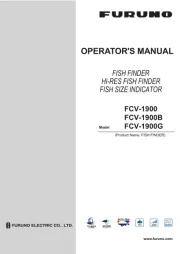
21 Juli 2025
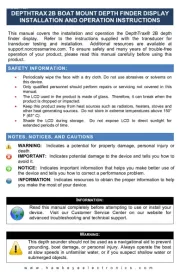
5 Juli 2025